The earth beneath us is in constant motion, a dynamic dance of tectonic plates that sometimes leads to phenomenal and terrifying outcomes. Earthquakes, the sudden shaking of the ground caused by the movement along fault lines, have both fascinated and frightened humanity for centuries. Among these, a select few stand out for their sheer magnitude and the profound impact they left on the world. Understanding these monumental events not only provides insight into the power of nature but also underscores the importance of scientific inquiry in mitigating future disasters.
1. The Great Chilean Earthquake of 1960
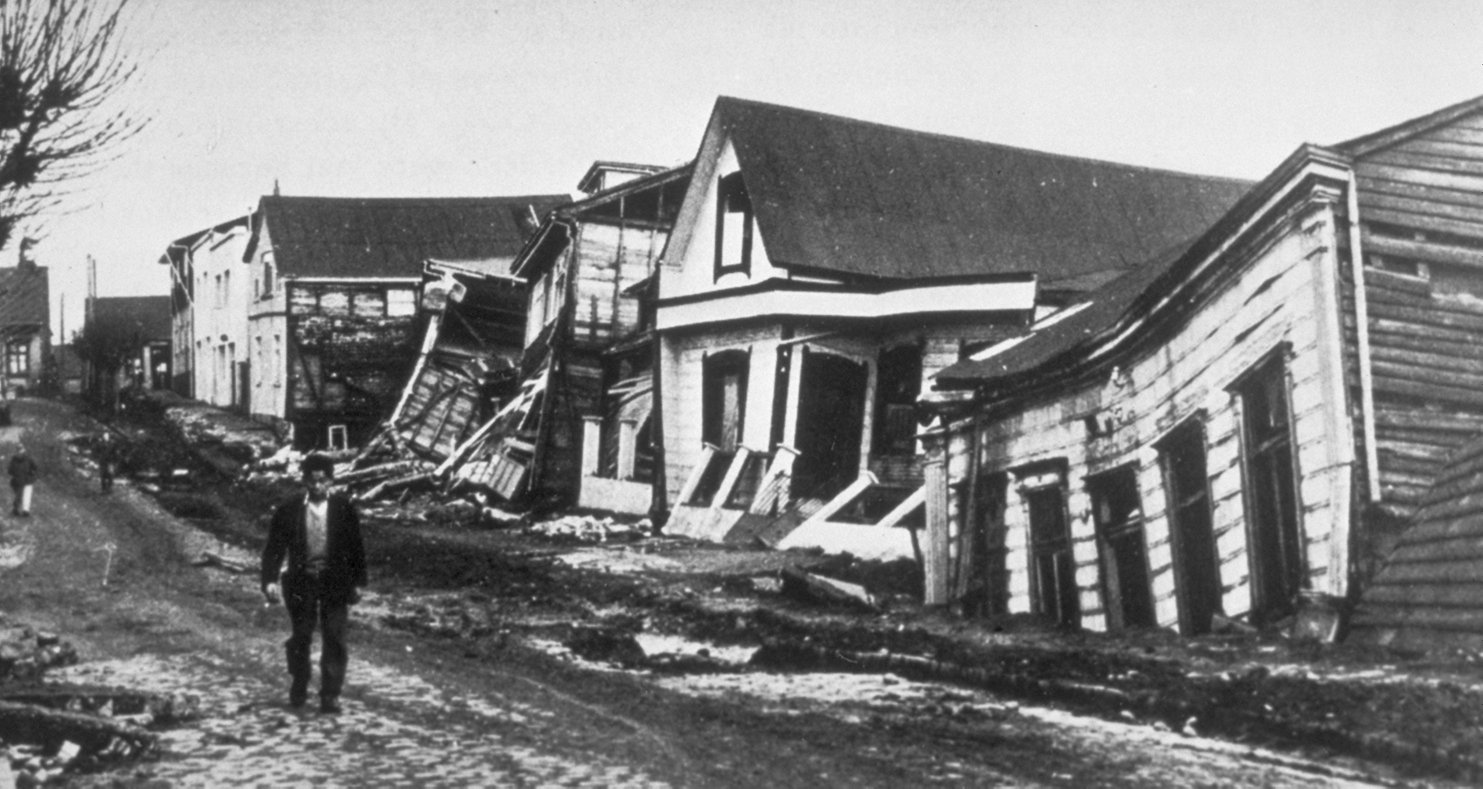
In the annals of seismic history, the Great Chilean Earthquake of May 22, 1960, holds the record as the most powerful earthquake ever recorded. With a staggering magnitude of 9.5, this earthquake struck the city of Valdivia and its surrounding regions. The energy released by this seismic event was immense, equivalent to roughly 20,000 Hiroshima atomic bombs. The aftermath was devastating, with tsunamis reaching as far as Hawaii, Japan, and the Philippines. This earthquake fundamentally altered the landscape, causing entire sections of land to rise or fall by several meters. Such an event highlights the sheer power of the tectonic processes that continually shape our planet.
2. The 1964 Alaskan Earthquake

On March 27, 1964, the second most powerful earthquake in recorded history shook the state of Alaska. Measuring 9.2 on the Richter scale, the Great Alaskan Earthquake, also known as the Good Friday Earthquake, lasted for an unnerving four and a half minutes. The quake resulted in massive ground fissures, collapsing structures, and a tsunami that affected the west coast of the United States. This earthquake provided valuable data for scientists studying the mechanics of tectonic plate movements, particularly the subduction zones where one plate is forced below another. The Alaskan quake serves as a reminder of the volatile nature of the earth’s crust in tectonically active regions.
3. The 2004 Indian Ocean Earthquake
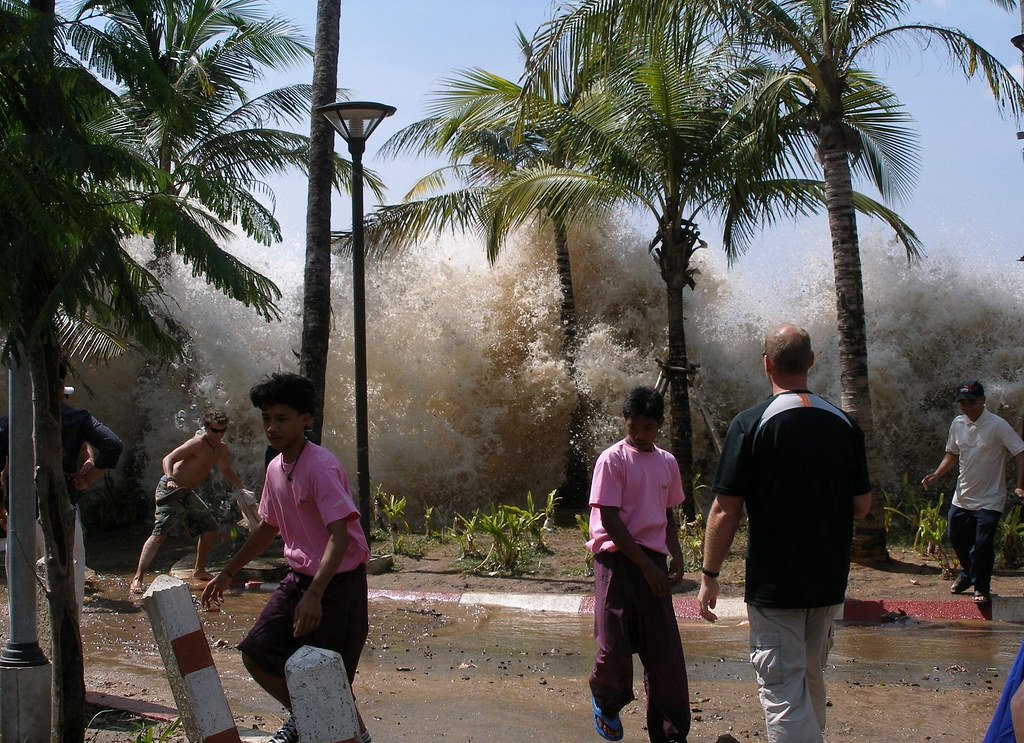
The morning of December 26, 2004, was marked by one of the deadliest natural disasters in recorded history. A colossal undersea megathrust earthquake, with a magnitude of 9.1-9.3, struck off the west coast of northern Sumatra, Indonesia. The seismic activity triggered a series of devastating tsunamis that swept across the Indian Ocean, claiming the lives of over 230,000 people in fourteen countries. This tragedy highlighted the urgent need for an early warning system in the Indian Ocean, a measure that has since been implemented. The 2004 earthquake underscored the interconnectedness of the earth’s systems, where an event in one region can have far-reaching consequences across the globe.
4. The 2011 Tōhoku Earthquake and Tsunami
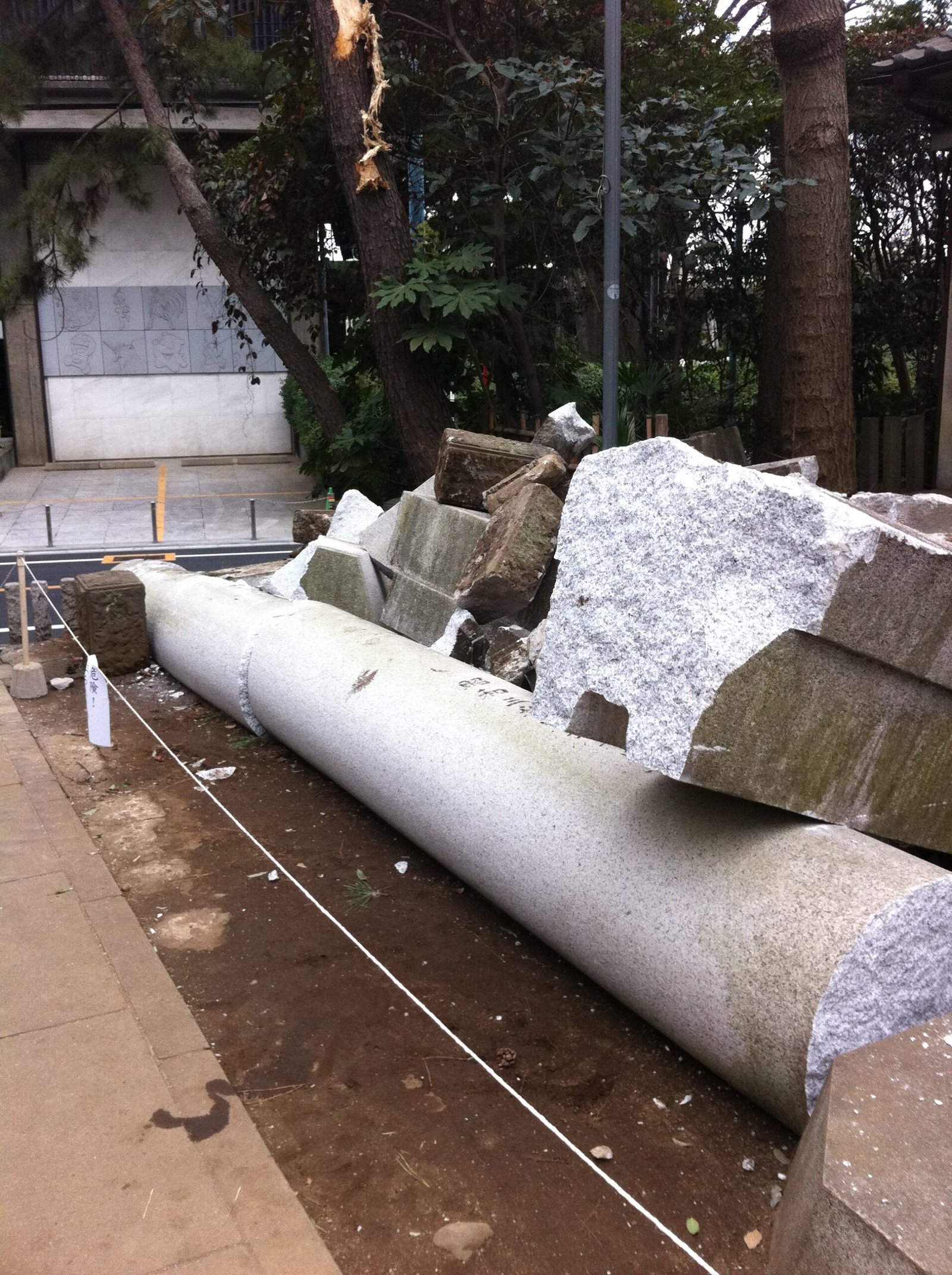
Japan, a country accustomed to seismic activity, experienced one of its most catastrophic natural events on March 11, 2011. The Tōhoku earthquake, registering a magnitude of 9.0, struck off the northeastern coast of Honshu. The earthquake triggered a massive tsunami that reached heights of up to 40.5 meters in some areas, devastating coastal communities and causing the Fukushima Daiichi nuclear disaster. The impact of this earthquake was not just physical but also psychological, as it challenged Japan’s preparedness and resilience in the face of natural disasters. This event has since prompted significant advancements in earthquake-resistant architecture and disaster response strategies.
5. The Kamchatka Earthquake of 1952
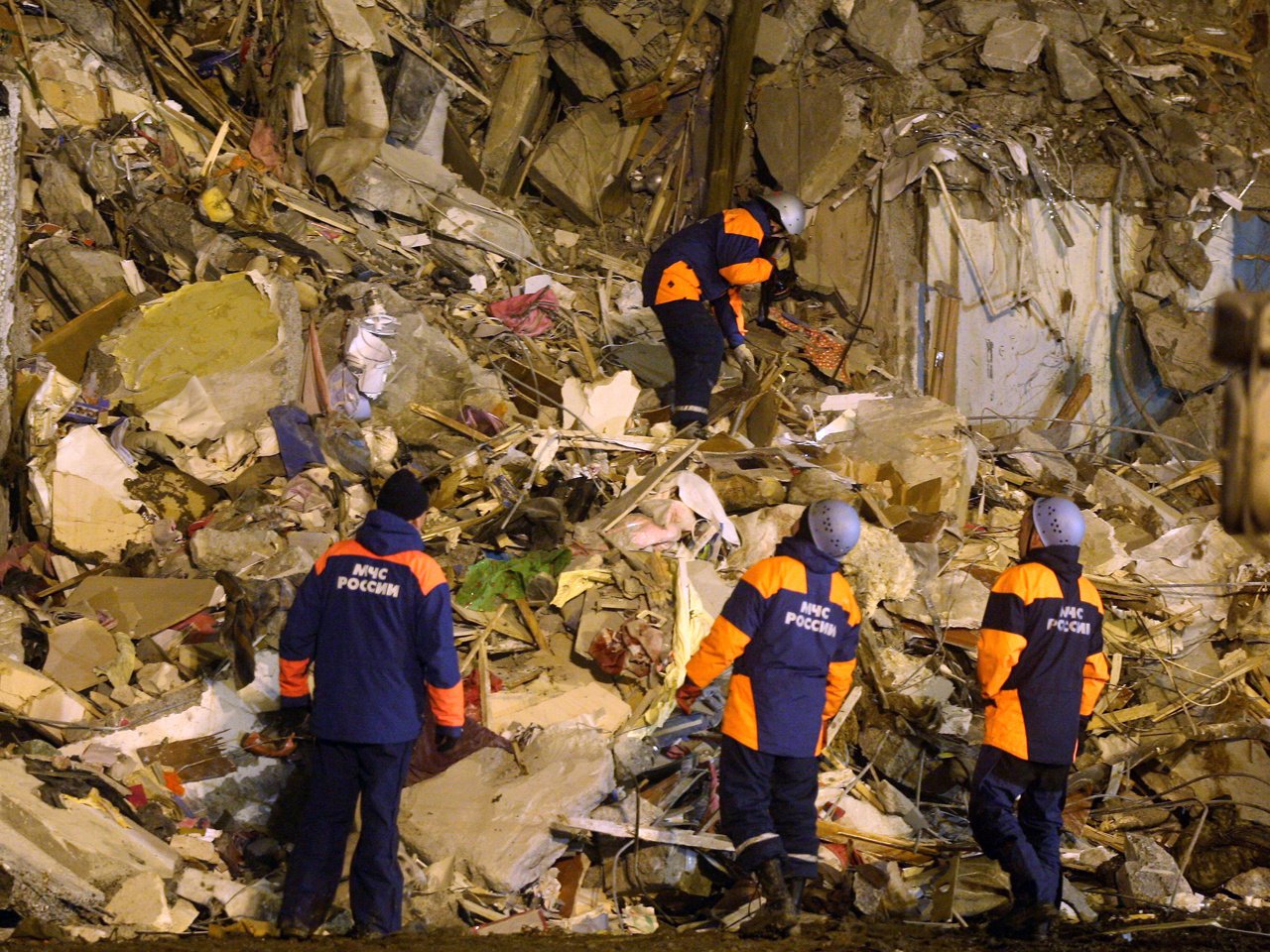
The Kamchatka Peninsula, a region known for its volcanic activity, was the site of a powerful earthquake on November 4, 1952. With a magnitude of 9.0, this earthquake generated a tsunami that reached the Hawaiian Islands, causing damage to coastal infrastructure. The Kamchatka earthquake provided early insights into the relationship between seismic activity and tsunamis, paving the way for future research in this area. Scientists have since developed models to predict the potential impact of similar events, emphasizing the importance of understanding the complex dynamics of tectonic plate interactions.
The Science of Earthquakes: Understanding Tectonic Movements
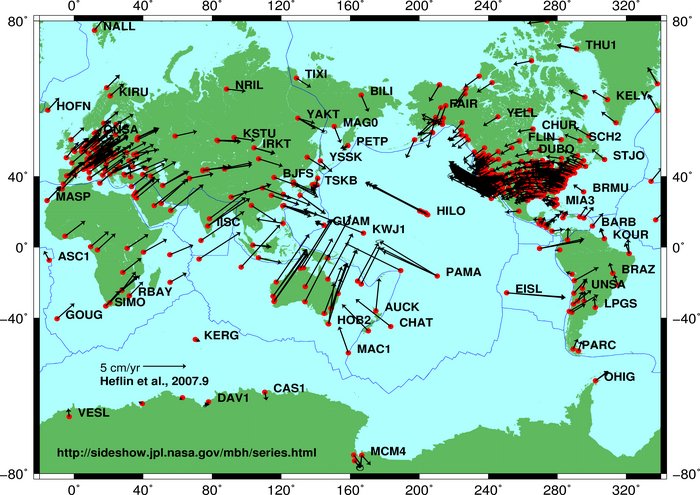
At the heart of every earthquake lies the movement of the earth’s tectonic plates. These massive slabs of rock float on the semi-fluid asthenosphere below the earth’s crust. The interactions between these plates, whether they collide, slide past one another, or pull apart, result in seismic activity. The energy accumulated from these movements is released in the form of an earthquake. Scientists use a variety of tools, including seismographs and satellite technology, to study these movements and predict potential earthquake activity. Understanding the science behind earthquakes is crucial for developing strategies to mitigate their impact on human societies.
The Role of Fault Lines in Earthquake Formation
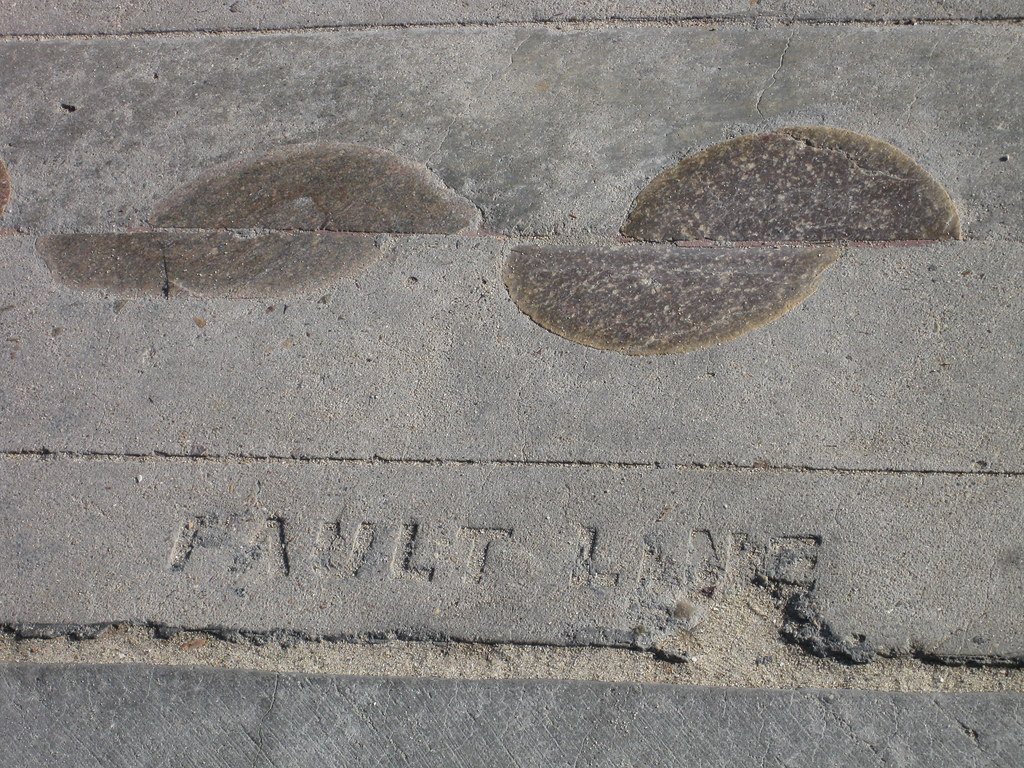
Fault lines, the fractures in the earth’s crust where tectonic plates meet, play a pivotal role in earthquake formation. When stress builds up along these faults due to plate movements, it can eventually overcome the friction holding the rocks together, causing them to slip and release energy in the form of an earthquake. The San Andreas Fault in California is one of the most studied fault lines in the world, providing valuable insights into earthquake dynamics. By monitoring fault lines, scientists can better understand the conditions that lead to earthquakes and improve prediction models.
The Impact of Earthquakes on Human Societies
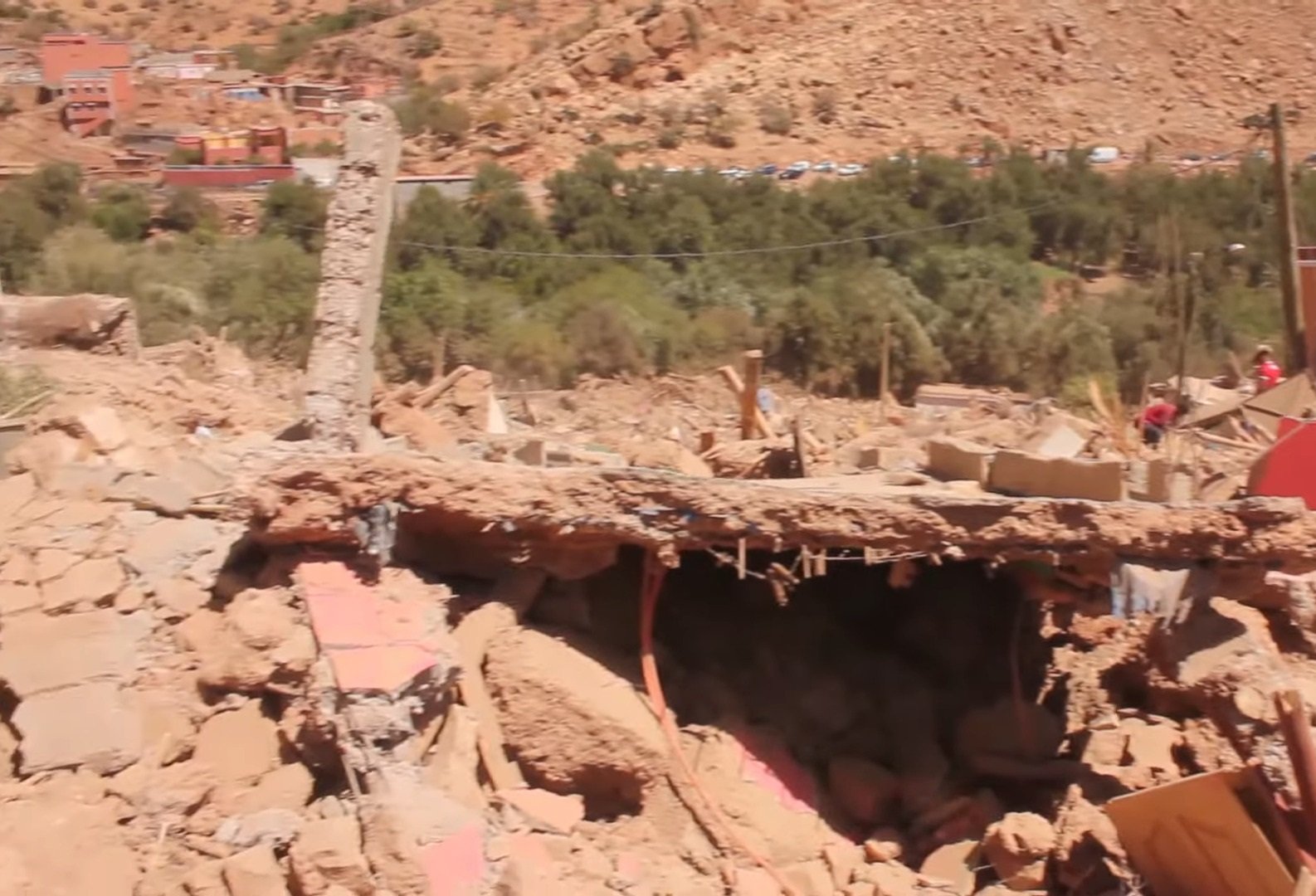
Earthquakes have profound impacts on human societies, often resulting in loss of life, destruction of infrastructure, and long-term economic challenges. The 2004 Indian Ocean earthquake and tsunami, for example, displaced millions and required massive international aid efforts. Beyond the immediate devastation, earthquakes can also lead to secondary disasters, such as landslides, fires, and tsunamis. The social and psychological toll of such events is significant, affecting communities for years to come. Understanding the potential impacts of earthquakes is essential for developing effective disaster response and recovery plans.
Advancements in Earthquake Prediction and Preparedness
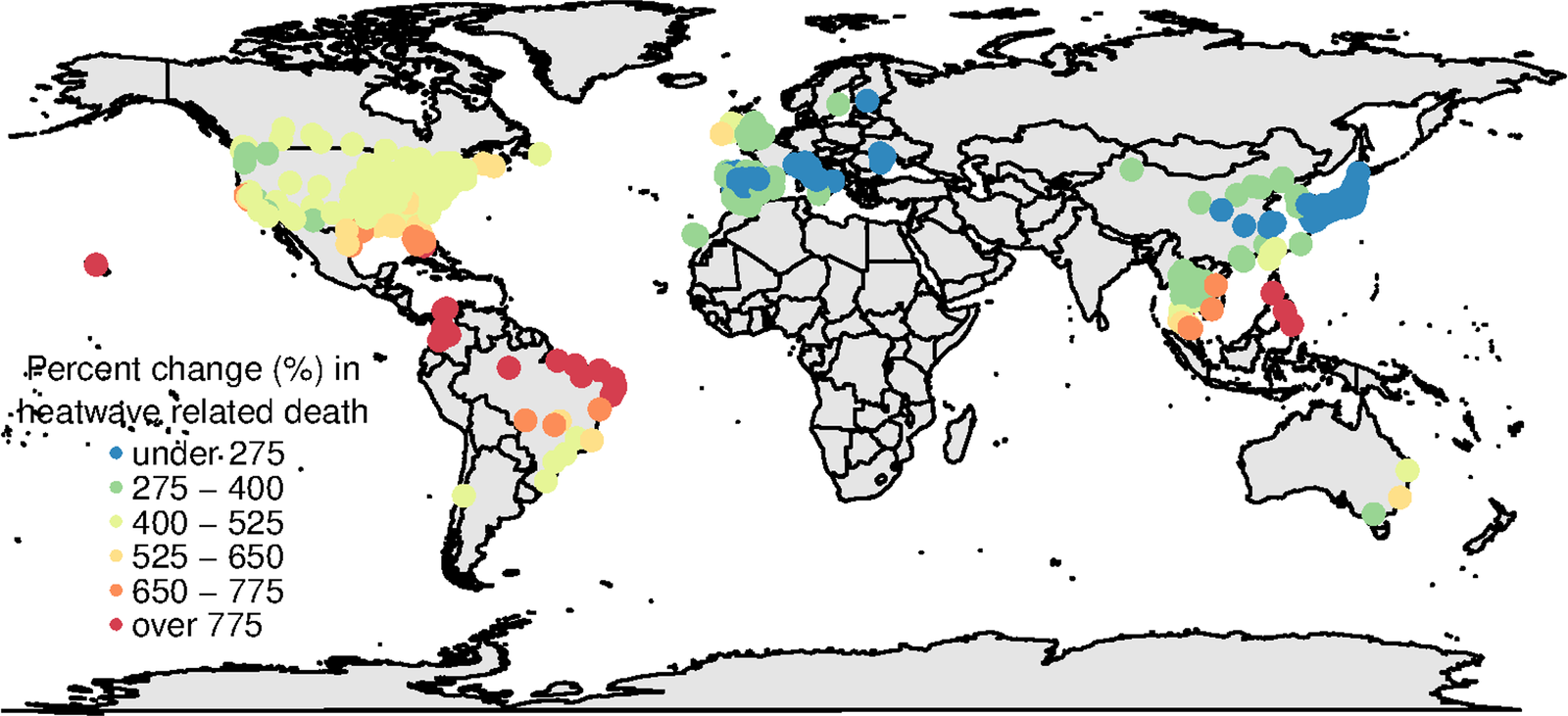
While predicting the exact timing and location of earthquakes remains challenging, advancements in technology have improved our ability to forecast and prepare for such events. Seismologists use data from past earthquakes to identify patterns and potential risk areas. Early warning systems, such as Japan’s sophisticated network, provide critical seconds of warning to allow people to take cover. Building codes have also evolved to incorporate earthquake-resistant designs, minimizing damage to structures. Continued research and investment in these areas are vital for reducing the impact of future earthquakes on human societies.
The Global Significance of Studying Earthquakes
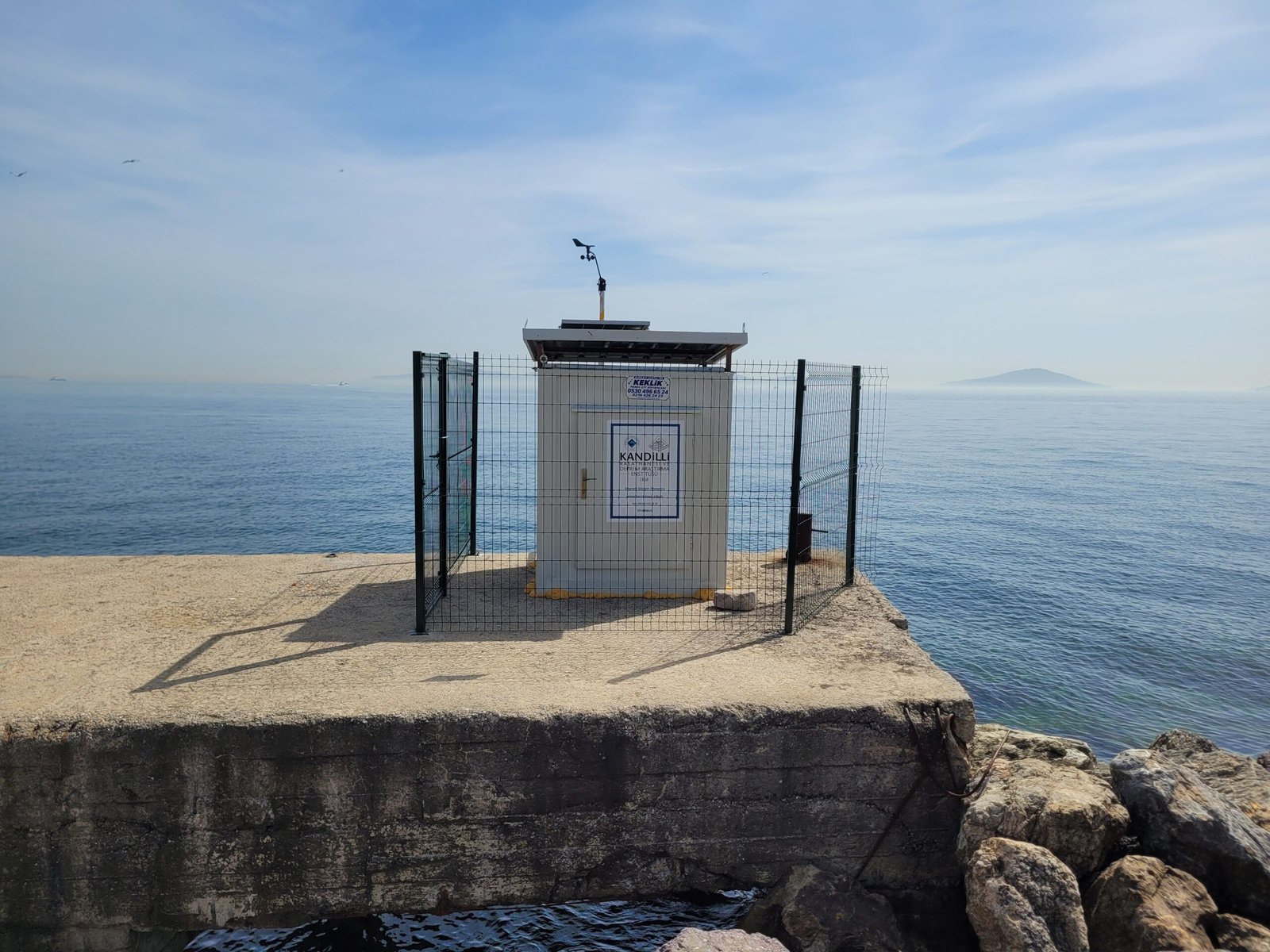
Studying earthquakes is of global significance, as it enhances our understanding of the dynamic processes shaping our planet. The knowledge gained from seismic research is not only applicable to earthquake-prone regions but also contributes to broader fields such as geology, engineering, and urban planning. By sharing insights and technologies worldwide, we can improve global resilience to earthquakes and other natural disasters. The lessons learned from past earthquakes underscore the importance of international collaboration in addressing the challenges posed by our ever-changing planet.
In conclusion, the powerful earthquakes that have shaped history serve as reminders of the earth’s dynamic nature. Through scientific inquiry and global cooperation, we can better understand these natural phenomena and work towards a safer, more prepared world.




